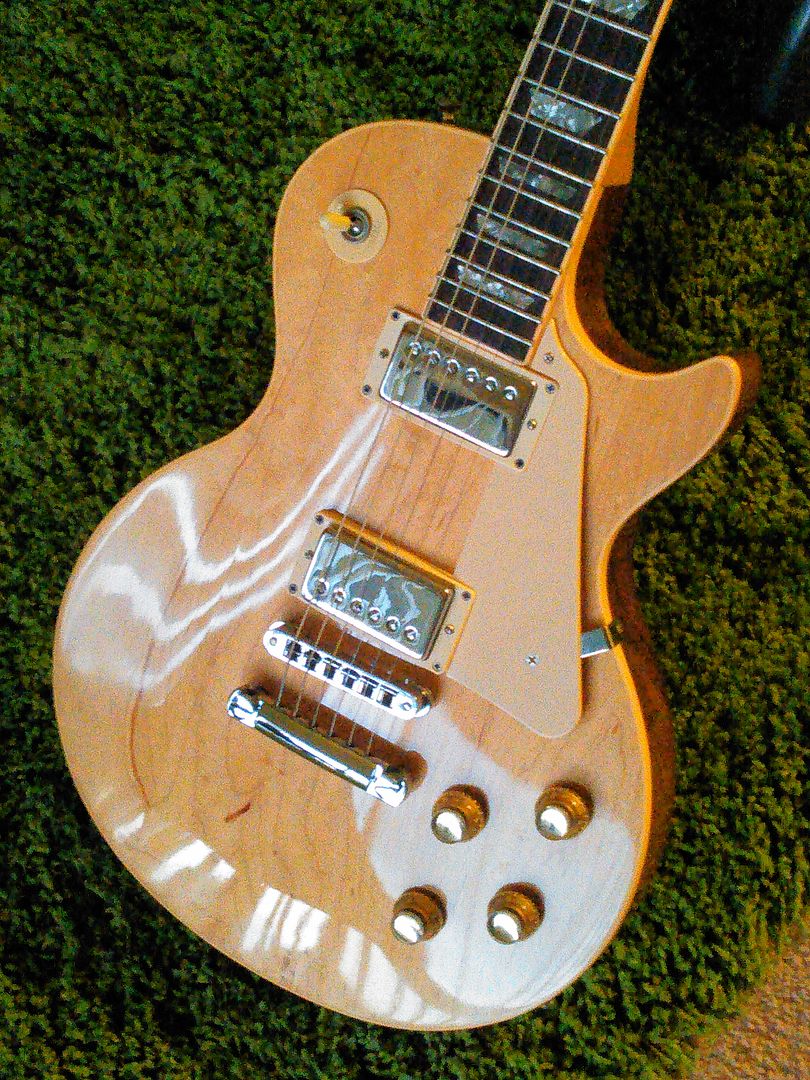Kris Ford
New member
- Joined
- Jan 6, 2007
- Messages
- 4,003
One like this well loved '77 StandardAll one has to do is grab one that has been taken care of and not abused and it is easy to see why so many thousands were sold.

To date the best LP I've ever owned.:salude



